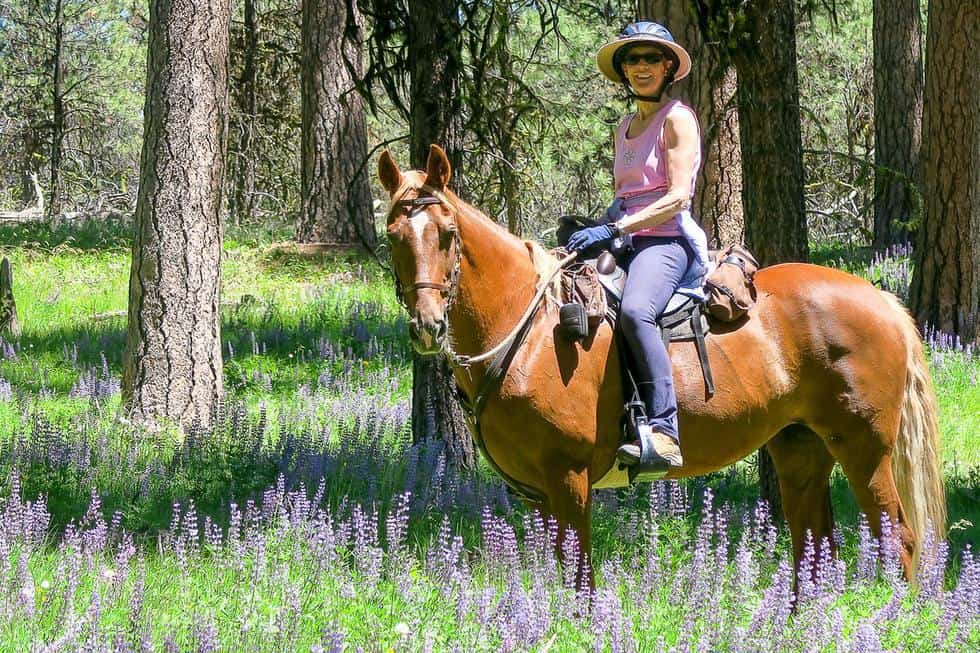8 Ways to Be a Good Trail-Riding Buddy
- Posted by Kim McCarrel

You’re out on a pleasant trail ride with several other riders. Without a word, one of the riders suddenly urges her horse forward and gallops off down the trail. The left-behind horses frantically try to follow. The riders struggle to control their mounts. Pandemonium ensues.
This kind of thoughtless behavior on the trail is no fun to deal with and could cause someone to get seriously hurt. Clearly, leaving your fellow riders in the dust isn’t what you’d expect of a good riding buddy. “Never again!” you say to yourself. “I’ll never ride with her again!”
We all want to be the kind of person other trail riders enjoy being around. By using the eight simple techniques below, you can be a good riding buddy who is fun and safe to ride with on the trail
Create a free account with TheHorse.com to view this content.
TheHorse.com is home to thousands of free articles about horse health care. In order to access some of our exclusive free content, you must be signed into TheHorse.com.
Start your free account today!
Already have an account?
and continue reading.

Written by:
Kim McCarrel
Related Articles
Stay on top of the most recent Horse Health news with















2 Responses
I have found that riding side by side can lead to dangerous situations on the trail; once while riding a new horse (friends),
a lady on a small Arab rode up beside me, A short time later a deer (whitetail) jumped up causing my light draft to jump sideways, but for my quick response the Arab may have been crushed and her rider as well.
I love these! It’s never fun to be scared or see someone else scared on the trail. Be kind and remember we were probably all there at one time. This is excellent advice, thanks 😊